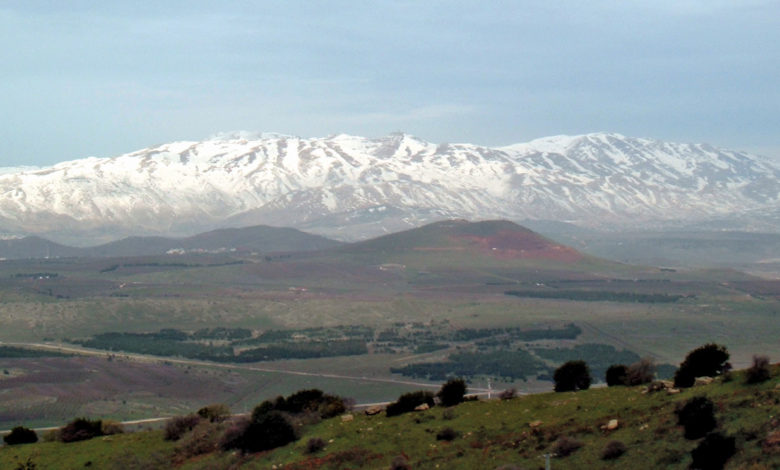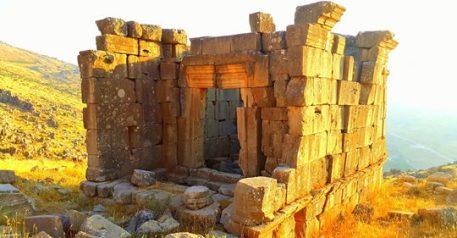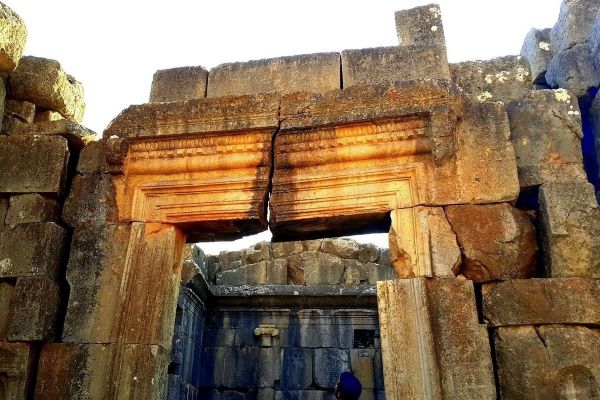Mount Hermon’s Archeological and Cultural Value

Mount Hermon has archeological and cultural value. The name Hermon is derived from the root ḥrm “sacred”, called also Jabal al-shaykh “mountain of the chief” (in Arabic), rises to 2,814 metres and is considered the highest point on the east coast of the Mediterranean Sea.
Mount Hermon is known for having a sacred importance that dates back to the Bronze Age and was mentioned in the Epic of Gilgamesh. The first settlements of Mount Hermon date from 200 BC. The Mount Hermon was also valued by the Romans. The highest temple of the ancient world sits on the summit of the mount and is known today as Qasr Antar. About 30 shrines and temples have been found in the area giving it an important historical relevance. At the foot of the mountain rises two major sources of the Jordan River.
 The communities living in this evolving sacred cultural landscape have created proper worship places in harmony with the natural landscape through sustainable land-use practices of ancient civilizations. Thus, Mount Hermon hosts an outstanding and well-preserved archaeological sites and cultural landscape.
The communities living in this evolving sacred cultural landscape have created proper worship places in harmony with the natural landscape through sustainable land-use practices of ancient civilizations. Thus, Mount Hermon hosts an outstanding and well-preserved archaeological sites and cultural landscape.
Visitors can enjoy the landscape scenery of the area, boost their positive energy in a good hike, and visit the historical temples. Not to forget the snow that covers most of the mountain making it a great spot for skiing during winter.



